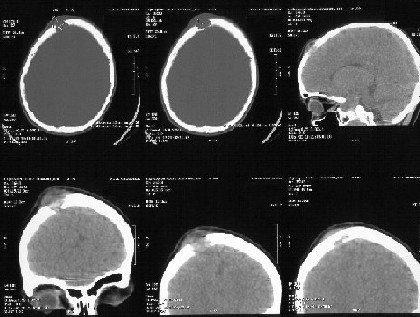Bone Involvement In Langerhans Cell Histiocytosis
In most surveys, bone lesions are present in around 80% of children affected by LCH. For adult LCH patients, lower figures around 50% are reported. The skeletal system is therefore by far the most frequently involved in LCH.
Presentation and Symptoms
The symptoms related to bone involvement are numerous. They are related to the anatomic locatisation of the involvement, to the size of the lesion, and to the soft tissue reaction. Many bone lesions remain completely asymptomatic. If not, the most frequent symptoms are pain, swelling or a combination of both. Patients can present lameness, motor inhibition, and – very rarely – a pathological fracture. Painless swellings occur most often over the skull and represent soft tissue extensions of lesions arising in the skull bones. Frequently, the bony defect can be felt on palpation underneath the swelling or its perimeters. Bone lesions in the upper or lower limbs often result in motor inhibition but only rarely, patients need strong analgesics like opioids due to pain. Some severe sensorial symptoms can be caused by involvement of specific localisations: Affection of the petrous temporal bone can result in deafness or vertigo. Involvement of the frontal or sphenoidal bone can cause protoptosis and even progressive visual loss. Rarely, skull lesions result in meningeal involvement and focal neurological symptoms like seizure. Vertebral localisation can cause pain and the risk of complications. It is also worth mentioning that some patients suffer from recurrent arthritis.
Diagnosis
Biopsy to confirm diagnosis
Text
Radiologic Findings
Text
Typical lesions in a skull bone involvement of Langerhans Cell Histiocytosis.
Left:
Middle:
Right:
Imaging Findings
Text
Extent assessment
Text
Distribution of the lesions and numbers of bones involved
Text
Short Term Complications
Text
Bone Involvement and Systemic Disease
Text
Adult patients - a specific case
Text
Reactivations and Follow Up
Text
Permanent consequences
Text
Differential Diagnosis
Text
